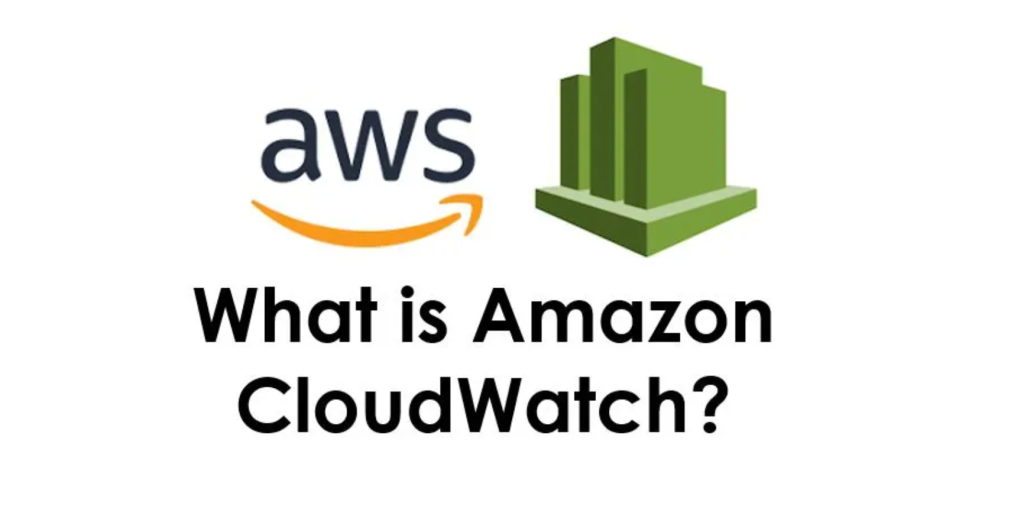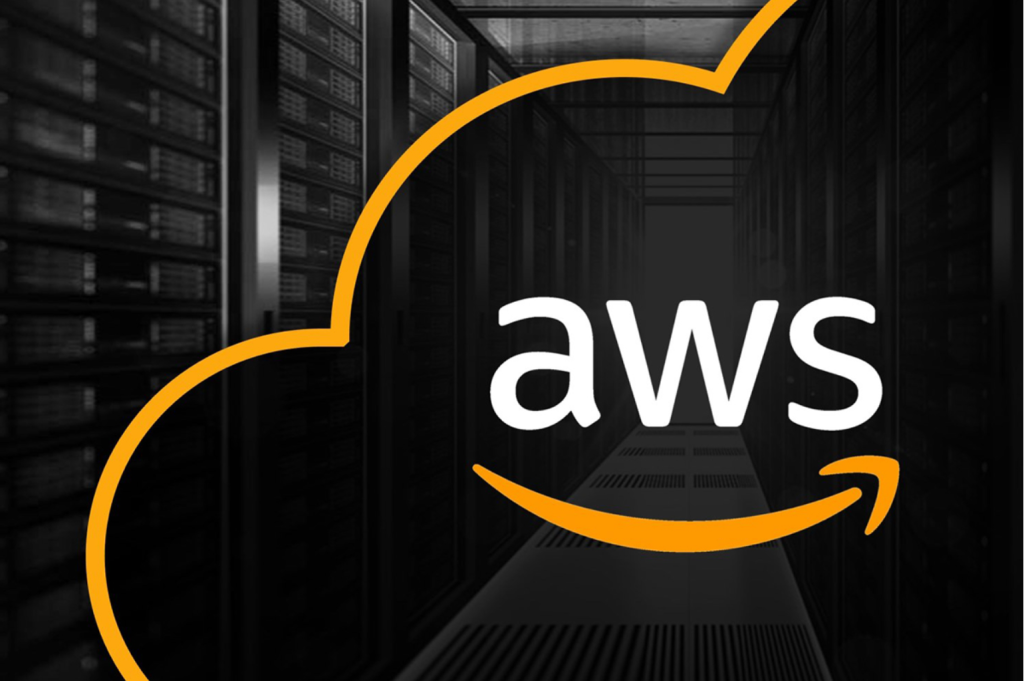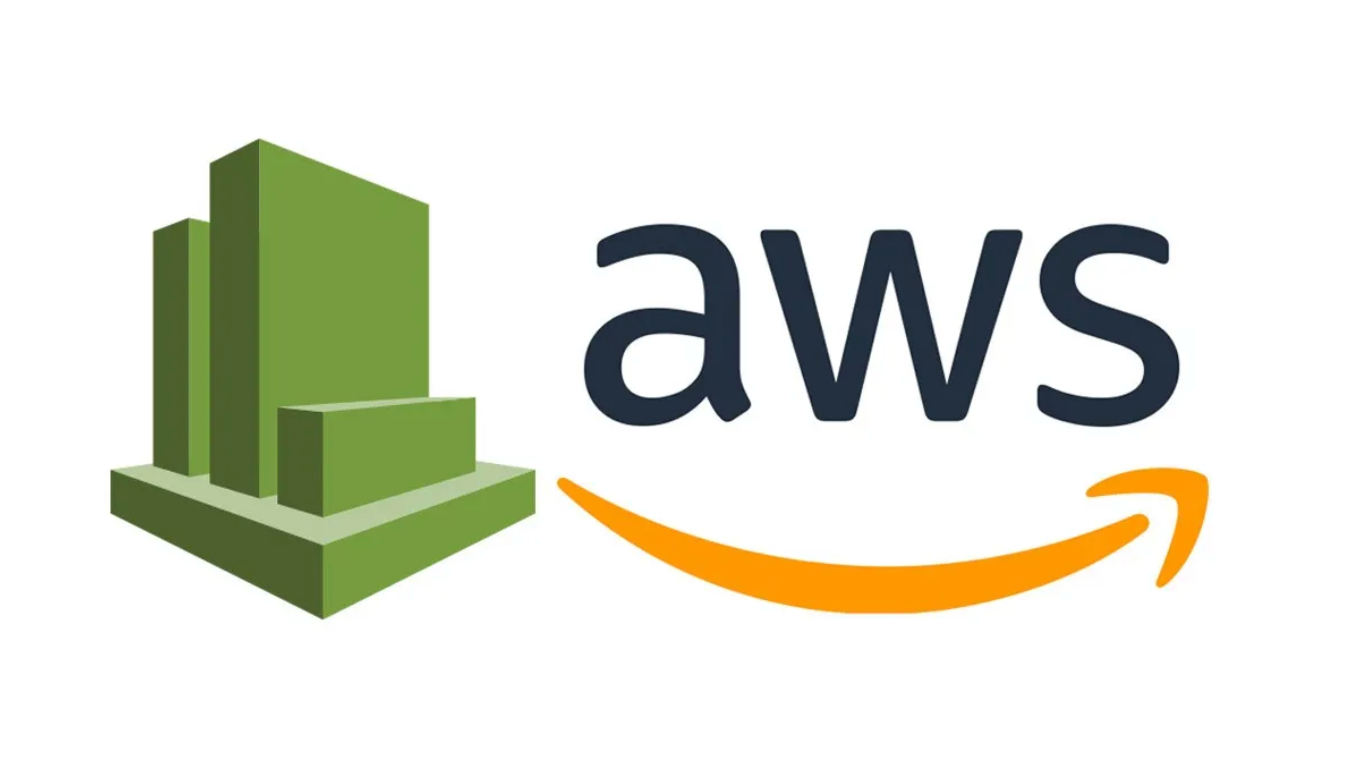monitoring the performance of your applications and infrastructure is crucial for ensuring optimal functionality and user experience. AWS CloudWatch is a powerful monitoring service offered by Amazon Web Services that enables you to collect and analyze metrics, set alarms, and gain valuable insights into your AWS resources. With CloudWatch, monitoring becomes a breeze, allowing you to stay informed and take proactive measures to optimize performance. We will explore the features and benefits of AWS CloudWatch and how it can make monitoring easy for your business.
What is AWS CloudWatch?

AWS CloudWatch is a monitoring and observability service provided by Amazon Web Services. It enables you to collect and monitor metrics, logs, and events from various AWS resources and applications, helping you ensure optimal performance, troubleshoot issues, and gain valuable insights into your infrastructure.
How Does AWS CloudWatch Work?
AWS CloudWatch operates on a simple yet robust model. It collects and tracks metrics, which are essentially variables that represent the behavior of your resources and applications. These metrics can be anything from CPU usage and network traffic to database performance and application latency. CloudWatch provides a range of pre-defined metrics for various AWS services, and you can also create custom metrics to monitor specific aspects of your infrastructure.
CloudWatch aggregates and summarizes the collected metrics over customizable time intervals. It then stores this data in the form of time-ordered data points, which can be visualized through graphs and dashboards. You can set alarms based on these metrics to trigger actions or notifications when certain thresholds are breached. Additionally, CloudWatch supports log monitoring and can collect, store, and analyze logs from your applications and AWS resources.
Key Features of AWS CloudWatch

1. Metrics Collection and Monitoring
AWS CloudWatch enables you to collect and monitor metrics from various AWS services such as EC2 instances, RDS databases, and S3 buckets. You can visualize these metrics using the CloudWatch console or programmatically access them using APIs. By tracking important metrics like CPU utilization, network traffic, and disk usage, you can gain valuable insights into the health and performance of your resources.
2. Custom Metrics
CloudWatch allows you to define and publish your custom metrics. This empowers you to monitor specific application-level metrics that are crucial to your business. You can use the CloudWatch API to push custom metrics from your applications or leverage the CloudWatch agent to collect system-level metrics from your EC2 instances.
3. Alarms and Notifications
CloudWatch alarms enable you to set thresholds on metrics and trigger automated actions when those thresholds are breached. You can define actions such as sending notifications via email or SMS, invoking AWS Lambda functions, or even automatically scaling your resources. Alarms provide proactive monitoring and help you stay informed about critical events and performance deviations.
4. Dashboards
CloudWatch dashboards allow you to create customizable visualizations of your metrics and alarms. With drag-and-drop functionality, you can effortlessly design dashboards that present the most relevant data to your teams. These dashboards serve as a centralized hub for monitoring and provide real-time insights into the performance of your applications and infrastructure.
5. Logs Monitoring and Analysis
AWS CloudWatch Logs enables you to collect, monitor, and analyze logs from various sources such as EC2 instances, Lambda functions, and CloudTrail. You can easily search and filter logs, set up metric filters, and create alarms based on log events. This feature simplifies troubleshooting, helps you identify issues quickly, and provides valuable insights into the behavior of your applications.
6. Log Insights
CloudWatch Log Insights takes log analysis to the next level. It provides a powerful query language that allows you to extract and analyze log data with ease. You can perform complex queries, visualize log data using charts and tables, and gain deep insights into your logs. Log Insights is particularly useful when dealing with large volumes of logs, enabling you to identify patterns, anomalies, and trends effectively.
7. Anomaly Detection
AWS CloudWatch anomaly detection leverages machine learning algorithms to automatically identify anomalous behavior in your metrics. It analyzes historical data, establishes baselines, and generates alarms when metrics deviate significantly from expected patterns. Anomaly detection simplifies the process of identifying and addressing performance issues, allowing you to take proactive measures to maintain the health and availability of your resources.
8. Application Insights
CloudWatch Application Insights provides a unified view of your application’s health and performance. It automatically detects and collects important metrics and logs from your applications, making it easier to troubleshoot issues and optimize performance. With Application Insights, you can monitor applications built on various AWS services, including EC2, RDS, and Elastic Beanstalk, without the need for manual configuration.
9. Container Insights
AWS CloudWatch Container Insights offers monitoring and troubleshooting capabilities specifically designed for containerized applications. It provides detailed performance metrics for Amazon ECS, Amazon EKS, and Kubernetes, allowing you to identify performance bottlenecks, resource utilization, and networking issues. Container Insights simplifies container monitoring and helps you ensure the smooth operation of your containerized workloads.
10. Integration with AWS X-Ray
CloudWatch integrates seamlessly with AWS X-Ray, a service that helps you analyze and debug distributed applications. By combining CloudWatch metrics and X-Ray traces, you can gain a comprehensive view of your application’s performance and identify latency bottlenecks and errors. This integration allows you to trace requests end-to-end, analyze service dependencies, and optimize the performance of your applications.
11. Cross-Account and Cross-Region Monitoring
AWS CloudWatch supports cross-account and cross-region monitoring, enabling you to centralize the monitoring of multiple AWS accounts and regions. With a single CloudWatch dashboard, you can monitor the performance of resources across different accounts and regions, making it easier to manage large-scale deployments and gain holistic insights into your infrastructure.
12. Event Rules
CloudWatch Event Rules allow you to schedule automated actions based on events in your AWS environment. You can create rules that trigger actions in response to events such as EC2 instance state changes, CloudFormation stack updates, or S3 bucket events. Event Rules automate routine tasks, streamline workflows, and help you build event-driven architectures.
13. Cross-Service Integration
AWS CloudWatch seamlessly integrates with other AWS services, providing a unified monitoring and observability experience. For example, you can configure CloudWatch alarms to trigger auto-scaling actions in Amazon EC2 or automatically stop and start EC2 instances based on specific conditions. This integration enables you to automate operational tasks and optimize resource utilization effortlessly.
14. AWS CloudTrail Integration
CloudWatch integrates with AWS CloudTrail, a service that provides visibility into user and API activity within your AWS account. By capturing CloudTrail logs in CloudWatch, you can monitor and analyze API activity, detect unauthorized access attempts, and ensure compliance with security best practices. This integration enhances the security and auditability of your AWS environment.
15. Cost and Usage Reporting
AWS CloudWatch allows you to monitor and analyze the cost and usage of your AWS resources. By enabling CloudWatch Cost and Usage Reports, you can gain insights into your spending patterns, identify cost optimization opportunities, and allocate costs to different teams or projects. This feature helps you optimize your AWS spending and ensure cost-effective resource allocation.
FAQs
How can I use AWS CloudWatch?
You can use AWS CloudWatch to monitor the health and performance of your AWS resources. It allows you to collect and visualize metrics, set alarms based on thresholds, monitor logs for troubleshooting, automate actions based on events, and gain deep insights into your infrastructure’s behavior.
How does AWS CloudWatch help in monitoring?
CloudWatch helps in monitoring by collecting and analyzing metrics related to your infrastructure and applications. It provides real-time updates, automated actions through alarms, customizable dashboards, and log monitoring and analysis, enabling you to stay informed and optimize performance.
Can I create custom metrics with AWS CloudWatch?
Yes, AWS CloudWatch allows you to create custom metrics to monitor specific aspects of your infrastructure and applications. This gives you the flexibility to track metrics that are most relevant to your business and gain deeper insights into your system’s behavior.
What types of notifications can I receive from AWS CloudWatch alarms?
AWS CloudWatch alarms can send notifications through various channels, including email, SMS, and Amazon SNS. You can choose the most convenient method to receive alerts when certain thresholds are breached.
Is AWS CloudWatch only for monitoring AWS resources?
While AWS CloudWatch excels in monitoring AWS resources, it can also monitor on-premises servers, applications, and other resources. CloudWatch provides agent-based and agentless methods to collect metrics and logs from non-AWS sources.
How does CloudWatch integrate with other AWS services?
CloudWatch seamlessly integrates with various AWS services, allowing you to monitor and gain insights into different aspects of your infrastructure. For example, it integrates with AWS Lambda, Amazon RDS, and Amazon EC2, among others, to provide comprehensive monitoring capabilities.
Is AWS CloudWatch suitable for containerized applications?
Yes, AWS CloudWatch offers specific features for monitoring and troubleshooting containerized applications. With Container Insights, you can gather detailed performance metrics for container orchestrators like Amazon ECS, Amazon EKS, and Kubernetes. This allows you to identify performance bottlenecks, resource utilization issues, and networking problems specific to your containerized workloads.
Can AWS CloudWatch help with cost optimization?
Absolutely! AWS CloudWatch provides features that allow you to monitor and analyze the cost and usage of your AWS resources. By enabling CloudWatch Cost and Usage Reports, you can gain insights into your spending patterns, identify cost optimization opportunities, and allocate costs to different teams or projects. This empowers you to optimize your AWS spending and ensure cost-effective resource allocation.
Can AWS CloudWatch automate actions based on events?
Yes, AWS CloudWatch allows you to schedule automated actions based on events in your AWS environment. Using CloudWatch Event Rules, you can create rules that trigger actions in response to events such as EC2 instance state changes, CloudFormation stack updates, or S3 bucket events. Event Rules enable you to automate routine tasks, streamline workflows, and build event-driven architectures that respond dynamically to changes in your environment.
How does AWS CloudWatch enhance security?
AWS CloudWatch integrates with AWS CloudTrail, a service that provides visibility into user and API activity within your AWS account. By capturing CloudTrail logs in CloudWatch, you can monitor and analyze API activity, detect unauthorized access attempts, and ensure compliance with security best practices. This integration enhances the security and audibility of your AWS environment, providing an additional layer of protection for your resources.
Is AWS CloudWatch suitable for monitoring multiple AWS accounts and regions?
Yes, AWS CloudWatch supports cross-account and cross-region monitoring. This means you can centralize the monitoring of multiple AWS accounts and regions using a single CloudWatch dashboard. This feature simplifies the management of large-scale deployments, allowing you to gain holistic insights into the performance of your resources across different accounts and regions.
Conclusion
AWS CloudWatch is a powerful monitoring and observability service that unlocks the full potential of your AWS resources and applications. With its key features, including metrics collection, alarms, logs monitoring, and cross-service integration, CloudWatch provides a comprehensive solution for monitoring, troubleshooting, and optimizing your infrastructure. By leveraging CloudWatch, you can ensure the optimal performance, reliability, and security of your cloud-based solutions.

